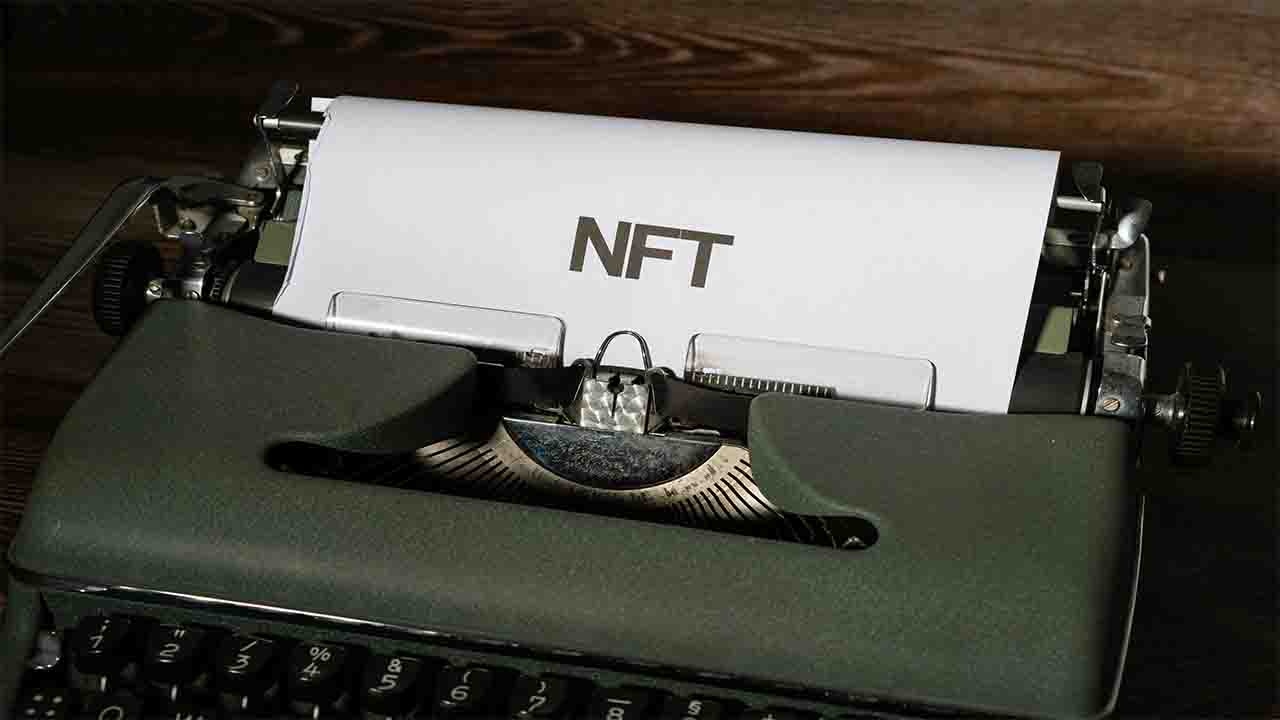Science & Technology (Commonwealth Union) – Non-Fungible Tokens (NFTs) are a form of digital asset that have gained significant popularity in recent years. These tokens are unique, one-of-a-kind digital items that are stored on a blockchain, a digital ledger that records transactions. They can be anything from artwork and music to virtual real estate and collectibles. Unlike traditional cryptocurrencies like Bitcoin, which are fungible and can be exchanged for one another, each NFT is unique and cannot be replaced by another identical item.
The concept of NFTs first emerged in 2017, when the game CryptoKitties, which allowed users to buy, sell and breed virtual cats represented by NFTs, became a viral sensation. Since then, the market for NFTs has grown exponentially, with sales reaching billions of dollars in 2021.
CryptoKitties allowed users to buy, sell, breed, and collect digital cats on the Ethereum blockchain. Each CryptoKitty was a unique, non-fungible token represented by its own set of attributes and characteristics, making them one-of-a-kind digital assets. Users could purchase these digital cats using Ethereum cryptocurrency and could also breed them to create new, unique offspring with a combination of traits inherited from their “parents.”
The game quickly gained popularity due to its innovative use of blockchain technology and the appeal of collecting and trading unique digital assets. CryptoKitties attracted mainstream attention, drawing in users who were previously unfamiliar with blockchain and cryptocurrencies.
By showcasing the potential of NFTs for creating digital scarcity, unique ownership, and decentralized asset ownership, CryptoKitties helped pave the way for the broader adoption of NFTs across various industries beyond gaming. It demonstrated the concept of digital ownership and the ability to tokenize and trade digital assets securely on a blockchain. In essence, CryptoKitties acted as a catalyst for the NFT boom, inspiring developers, artists, and entrepreneurs to explore new use cases for non-fungible tokens across art, collectibles, gaming, real estate, and more.
The NFT growth has been fueled by a number of factors, including the increasing popularity of blockchain technology, the rise of digital art and collectibles, and the desire for unique and exclusive digital assets. One of the key advantages of NFTs is that they provide a way for creators to monetize their digital work. By creating an NFT of their artwork, music or other digital creations, artists can sell their work directly to collectors and fans, bypassing traditional middlemen like galleries and record labels. This allows artists to retain a greater share of the profits from their work and to build direct relationships with their audience. In addition to providing a new revenue stream for creators, NFTs have also opened up new opportunities for collectors. By purchasing and owning an NFT, collectors can own a unique and rare digital item, much like they would own a physical collectible. This has led to the creation of a new market for digital collectibles, with enthusiasts buying and selling NFTs on specialized marketplaces. One of the most significant benefits of NFTs is that they provide a way for creators and collectors to establish ownership and authenticity of digital assets. By storing digital items on a blockchain, NFTs can be traced back to their original creator and proven to be unique and authentic. This can help to prevent fraud and counterfeiting, and can provide a level of trust and transparency that is not possible with traditional digital assets. However, NFTs have also been criticized for their environmental impact.
The process of creating and storing NFTs on a blockchain can require a significant amount of energy, leading to concerns about the carbon footprint of these digital assets. This has led some artists and collectors to question the sustainability of NFTs and to seek out alternative ways of creating and trading digital assets. Despite these concerns, the market for NFTs continues to grow, with new applications and use cases emerging all the time. From virtual real estate to gaming items and sports memorabilia, NFTs are providing a new way for people to own and trade unique and valuable digital assets. As blockchain technology continues to evolve and gain wider adoption, it is likely that we will see even more innovative and exciting applications of NFTs in the years to come. The enthusiasm surrounding NFTs however has mixed opinions with opposing views with some considering it a scam and waste of time while others engage with high optimism with hopes of monetization and entertainment.








